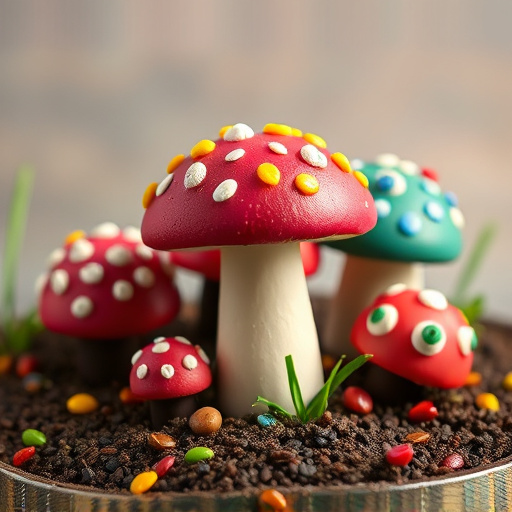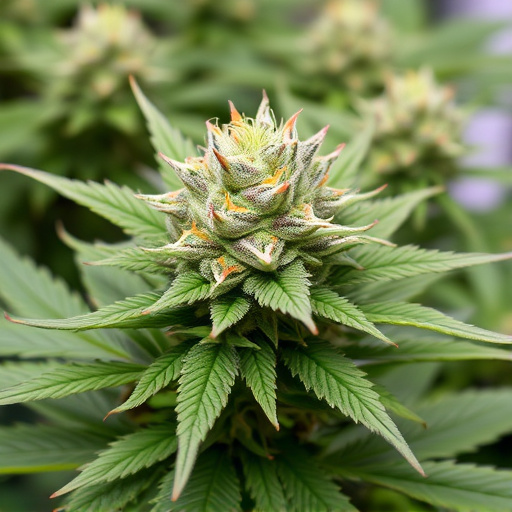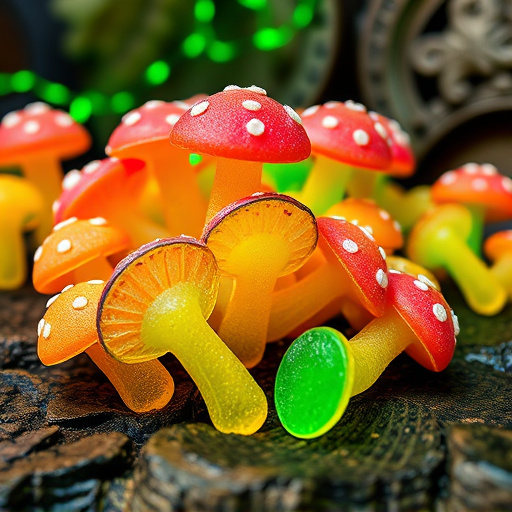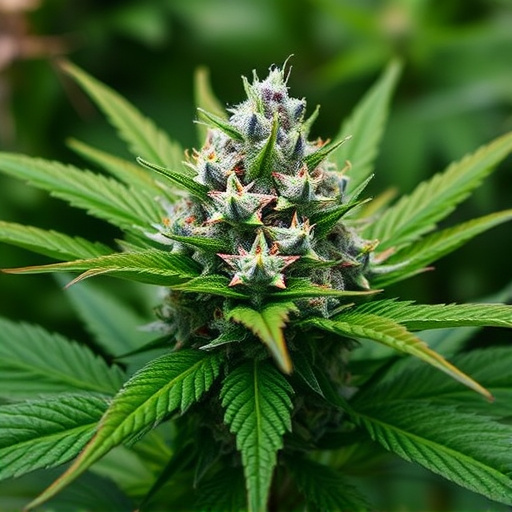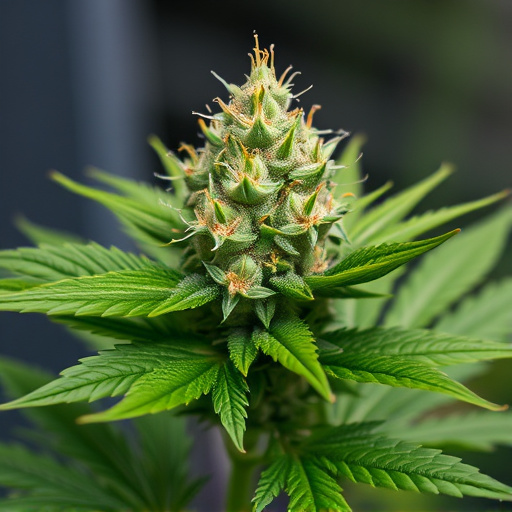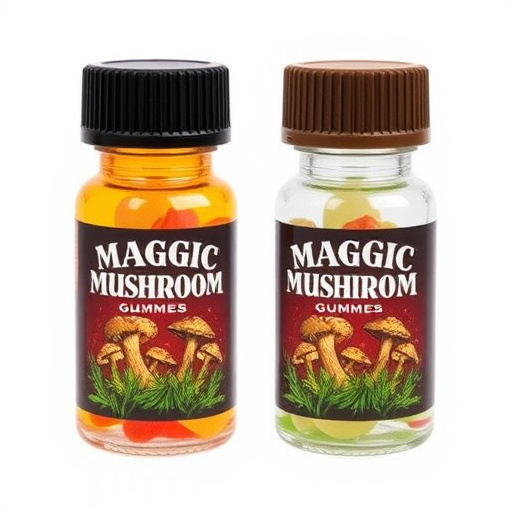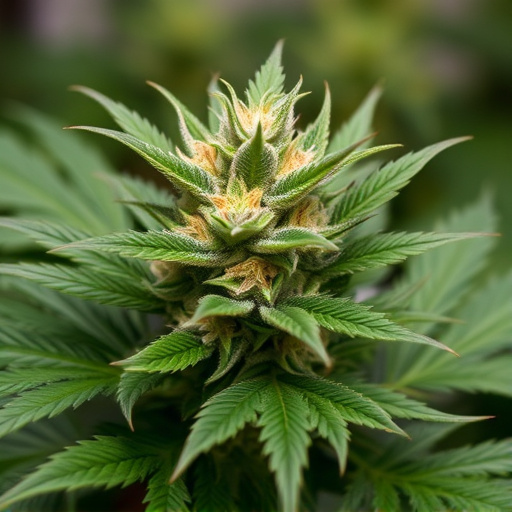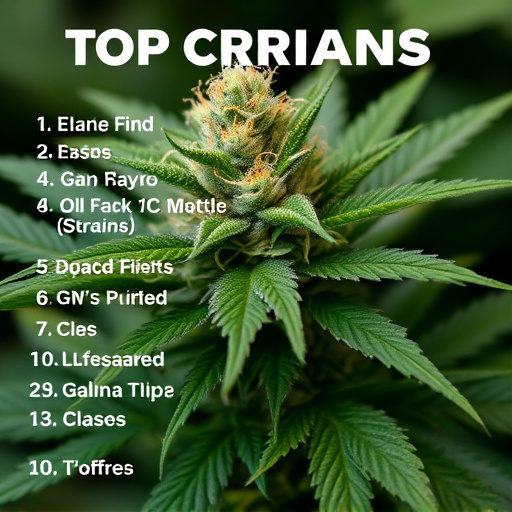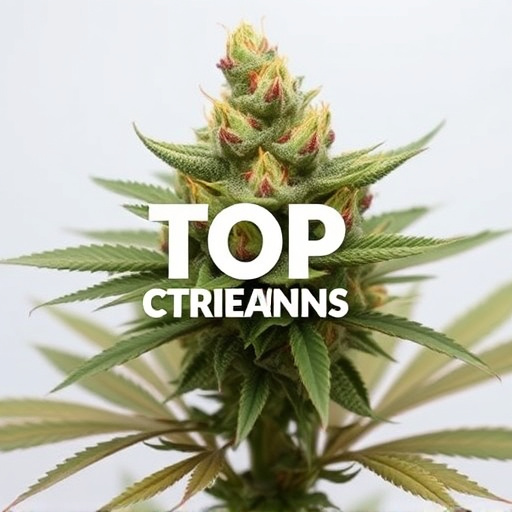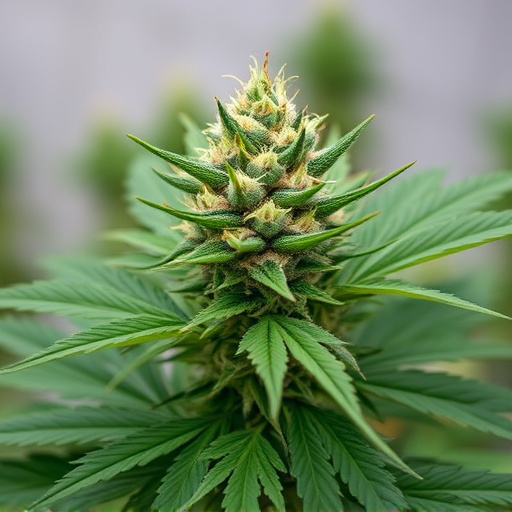Cannabis has been used for decades to stimulate appetite due to its compounds THC and CBD, with recent research highlighting that high-CBD, low-THC strains can induce hunger without psychoactive effects. Popular choices like Blue Dream and Girl Scout Cookies (GSC) balance Sativa and Indica effects to enhance taste and stimulate hunger. Science shows cannabis interacts with the body's endocannabinoid system to release "hunger hormone" ghrelin, offering therapeutic potential for managing appetite. Understanding this relationship helps users choose top cannabis strains tailored to dietary goals.
Curious about why cannabis can spark an insatiable appetite? Discover how this ancient plant has long been renowned for its unique ability to stimulate hunger, offering a potential remedy for conditions like eating disorders and weight loss. In this article, we’ll explore the science behind cannabis’ influence on hunger hormones, uncover specific strains known for their appetitizing effects, and provide insights into harnessing their power responsibly.
- Understanding the Hunger-Stimulating Effect of Cannabis
- Top Cannabis Strains Known for Inducing Appetite
- The Science Behind Cannabis and Its Influence on Hunger Hormones
Understanding the Hunger-Stimulating Effect of Cannabis

Cannabis has been known to stimulate appetite for decades, but understanding why it does so involves a complex interplay between various chemical compounds found in the plant, particularly tetrahydrocannabinol (THC) and cannabidiol (CBD). THC, the primary psychoactive compound responsible for the “high” associated with cannabis use, is also linked to increased hunger. It interacts with our endocannabinoid system, which plays a key role in regulating appetite, ultimately leading to cravings for carbohydrates and high-calorie foods.
While THC is often associated with this effect, recent research suggests that top cannabis strains high in CBD may offer a different experience. Unlike THC, CBD doesn’t directly bind to the same receptors in the brain that influence hunger, but it does appear to moderate THC’s effects. Certain top cannabis strains known for their high CBD content have been reported to induce hunger without the same level of psychoactive intensity as strains with higher THC levels. This interaction highlights the nuanced relationship between cannabis and appetite, suggesting a more tailored approach to understanding which strains may be best for specific users based on their dietary goals and preferences.
Top Cannabis Strains Known for Inducing Appetite
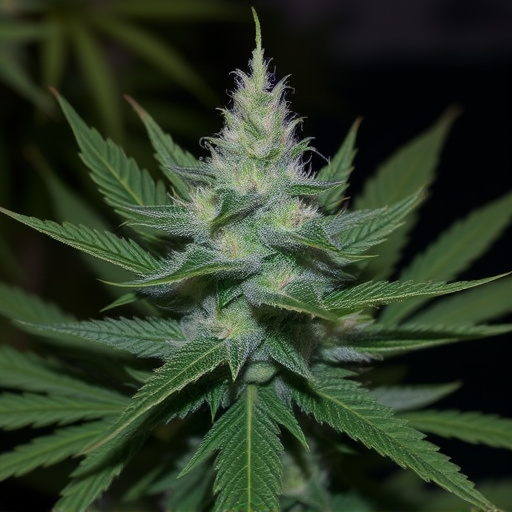
When it comes to cannabis strains that are known for their appetite-inducing properties, several top choices stand out. One of the most popular is Blue Dream, a potent hybrid that offers a balanced combination of Sativa and Indica effects. This strain is renowned for its ability to stimulate hunger and enhance taste perception, making it a favorite among users looking to combat appetite loss or simply enjoy a hearty meal.
Another top cannabis strain known for inducing appetite is Girl Scout Cookies (GSC). Rich in terpenes like linalool and myrcene, GSC is an Indica-dominant hybrid that promotes relaxation and increases hunger. Its sweet, cookie-like aroma not only provides a sensory delight but also encourages users to reach for snacks, making it an excellent choice for those looking to satisfy their cravings while enjoying a calming experience.
The Science Behind Cannabis and Its Influence on Hunger Hormones
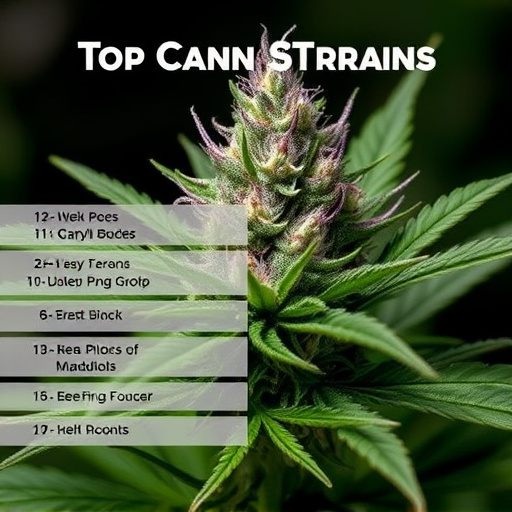
The science behind cannabis and its influence on hunger hormones is a fascinating area of study. Research suggests that cannabinoids, the active compounds in cannabis, interact with our bodies’ endocannabinoid system (ECS), which plays a key role in regulating various physiological processes, including appetite. When consumed, top cannabis strains can trigger the release of certain hormones like ghrelin, often referred to as the “hunger hormone,” which signals the brain that the body needs food. This effect is thought to be mediated through the ECS, particularly by binding to receptors in the brain and other parts of the body.
Moreover, studies have shown that cannabinoids can modulate the activity of neurons involved in feeding behaviors and energy homeostasis. Some top cannabis strains known for their potent effects on appetite include Indica-dominant varieties, such as Granddaddy Purple and Blue Dream, which are often sought after by users aiming to stimulate hunger. These strains typically contain higher levels of tetrahydrocannabinol (THC), the primary psychoactive compound in cannabis, which has been linked to increased hunger sensations. Understanding the intricate interplay between cannabis, hunger hormones, and the ECS offers valuable insights into both the plant’s therapeutic potential and its effects on human physiology.
Cannabis’ ability to stimulate appetite is well-documented, backed by both historical uses and scientific research. Understanding this effect, as well as the specific strains known for inducing hunger, can help users navigate their experiences and make informed decisions. The science behind cannabis’ influence on hunger hormones further highlights its complex interaction with our bodies. When exploring top cannabis strains for appetite stimulation, knowledge is power, enabling users to choose varieties that cater to their needs and preferences.
